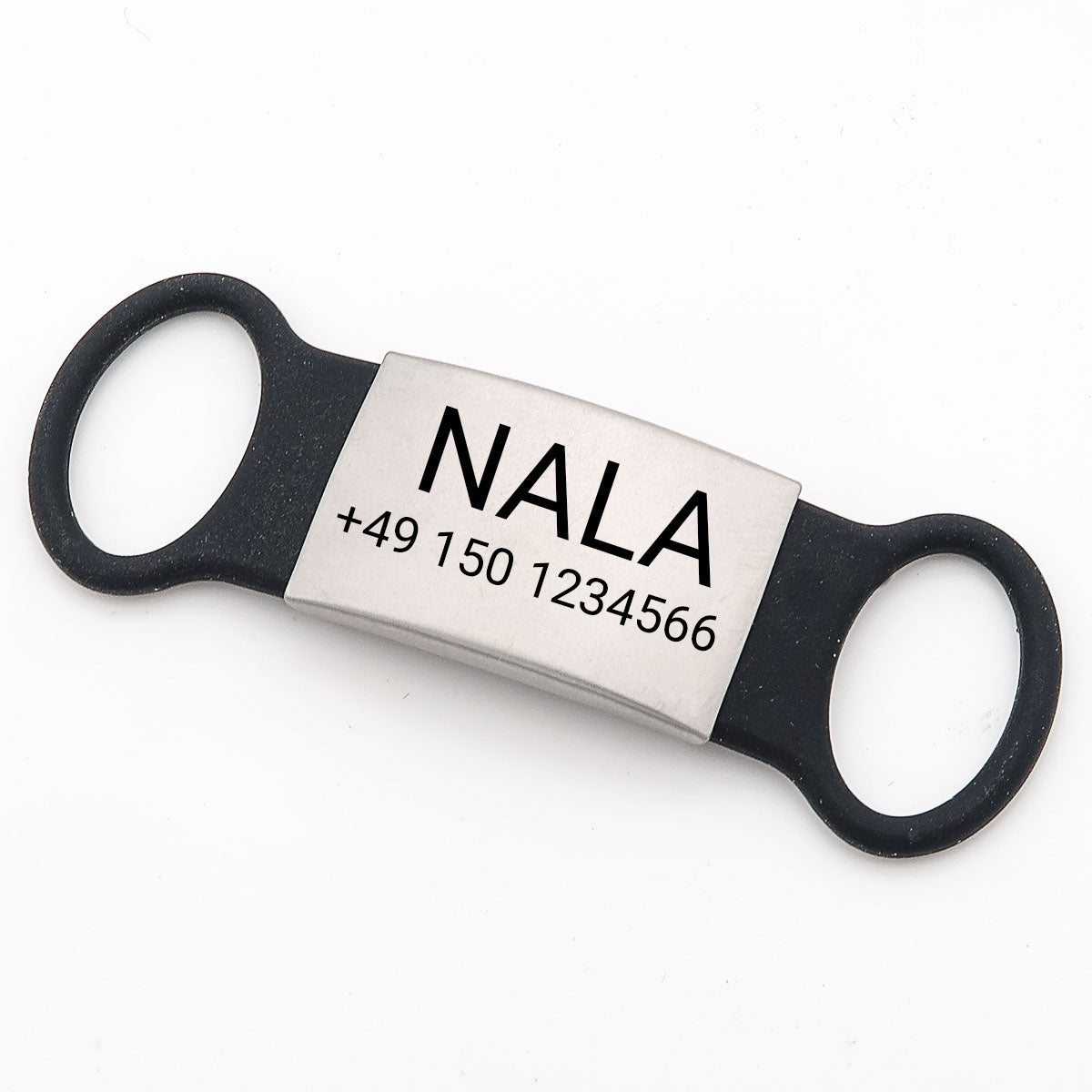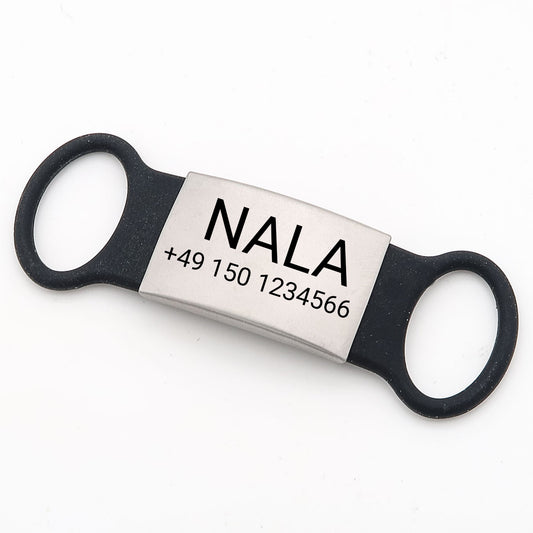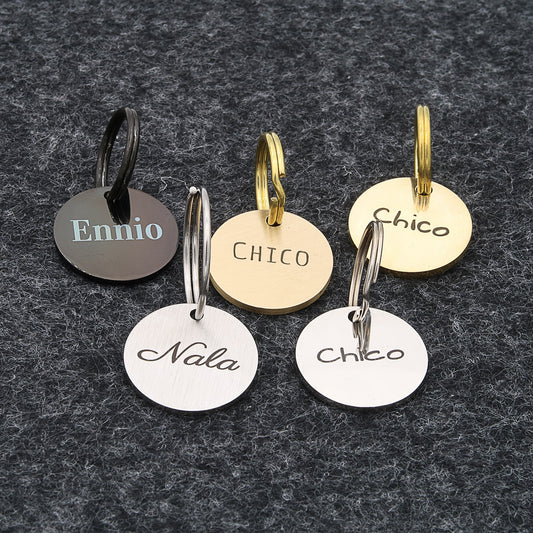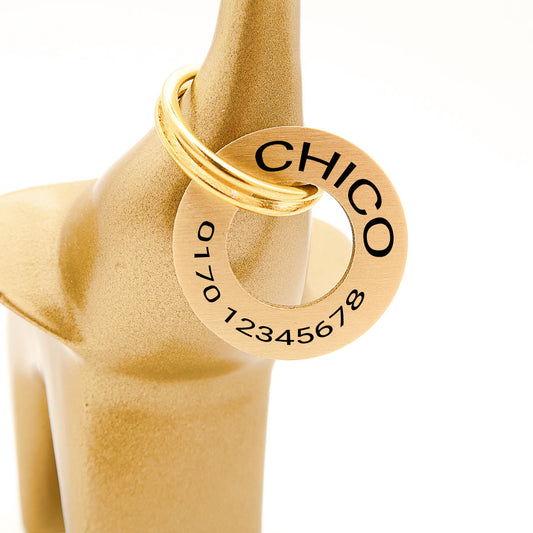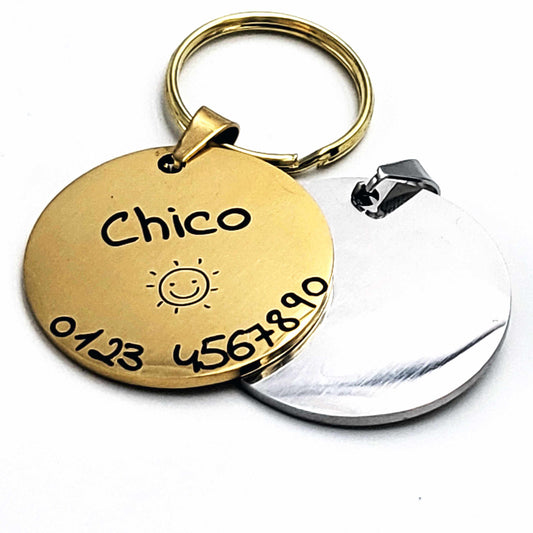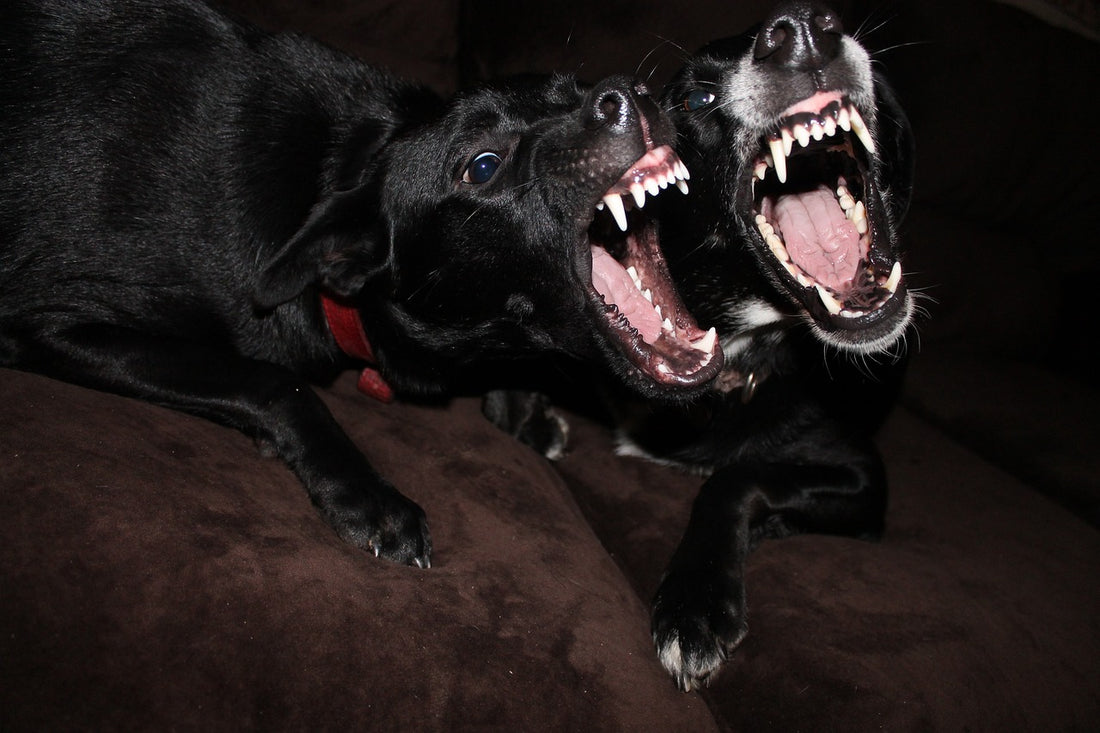
My dog bites - what can I do?
Share
A dog that bites is a big problem for many dog owners. Regardless of whether it is a puppy that is biting its new canines or an adult dog that has already had a biting incident - there are solutions for getting your four-legged friend's biting behavior under control. This blog article explains why dogs bite, what measures dog owners can take and what legal and financial aspects need to be considered.
Why does a dog bite?
A dog's biting behavior often has different causes. Here are the most common reasons:
Play behavior
Puppies often bite to explore their environment or when playing with other dogs. Although their canines are small, they can still hurt.Stress and overstimulation
Dogs with a low stimulus threshold or stress intolerance react with aggressive behavior in difficult situations. Overstimulation or insecurity can cause a dog's threatening behavior to turn into actual aggression.Pain or illness
Dogs that are in pain or ill sometimes react by biting. In this case, a visit to the vet is essential to rule out health-related causes.Fear and defense
Dogs bite out of fear when they feel threatened. A sudden attack can often be announced by previous signs of stress such as growling or flinching.Resource defense
Food, toys or the sleeping area can be triggers for a biting incident if the dog sees these as its resources.Lack of training and socialization
Dogs that have not learned how to interact with people and other dogs are more likely to exhibit undesirable behavior, including aggression.First steps after a biting incident
Keep calm
After an incident, owners should remain calm. Escalating the situation by shouting or making frantic movements could make the dog's behavior worse.
Secure the dog
Put your dog on a lead or take it into custody to prevent further incidents. A muzzle can be useful to protect others in the event of aggressive behavior.Take care of the victim
Injured persons should receive immediate medical treatment. Dog bites can lead to serious bite injuries and infections.Observe the legal consequences
Dog owners are generally liable for the damage caused. Dog liability insurance often covers the costs of veterinary costs, compensation for pain and suffering and damages.Training techniques and measures
Recognize aggressive behaviour at an early stage
Look out for signs of stress such as growling, pinned ears or a fixed gaze. These signals show that your dog is overstimulated or insecure.Marker signal and stop signal
Marker signals such as a certain sound or word help to reinforce positive behavior. A stop signal, on the other hand, clearly shows the dog that an undesirable behavior must be stopped.Correction with positive reinforcement
Use treats or praise to encourage desired behavior. Measures such as the muzzle grip are controversial and can destroy the trust between dog and owner.Chewing and activity material
Chewing material such as chewing bones or special toys can help to release excess energy and reduce stress.Avoid escalation ladders
Work to ensure that conflict situations do not escalate. Prevent the dog from getting into situations that overwhelm him and specifically train his stimulus threshold.Character test and behavior training
A temperament test may be ordered for dogs that have bitten several times. This tests whether the dog is a danger to its environment. Specialized training techniques help to correct problematic behaviour.Legal and financial aspects
A biting incident often has legal and financial consequences:
Dog liability insurance
Dog liability insurance is compulsory in many federal states in Germany. It covers damages such as compensation for pain and suffering, veterinary costs or compensation for injured persons.Liability of the dog owner
Dog owners are liable for damage caused by their dog. This also applies if the dog was on a lead or the incident happened unexpectedly.Breed lists and leash requirement
Certain breed lists apply in some regions. Dogs of these breeds are often subject to a muzzle and lead requirement. Check the regulations in your region to avoid legal problems.Compensation for pain and suffering and damages
The table of compensation for pain and suffering gives an indication of the amount of compensation for dog bites. The actual amount depends on the severity of the bite wound and the circumstances of the incident.Entry in the pet database
After an incident, your dog may be registered in a pet database, especially if it is classified as dangerous.Prevention: How to avoid biting incidents
Early socialization
Puppies should learn to socialize with people and other dogs at an early age. This reduces the likelihood of aggression in adulthood.Raising awareness
As a dog owner, you should always be aware of the responsibility that a dog brings with it. Watch out for signs of stress and work to avoid them.Regular training
Consistent training and clear communication are essential. Do not use punishments as this can increase aggression. Positive reinforcement is key.Vet visits
Regular visits to the vet help to rule out health problems that could trigger aggressive behavior.Act responsibly
Keep your dog on a lead in stressful situations and use a muzzle if necessary. This will protect others and your dog from unnecessary conflicts.Conclusion
A dog that bites is not an easy situation for any dog owner. Many problems can be avoided through early socialization, consistent training and good dog liability insurance. Should an incident nevertheless occur, level-headed action is required. Remember: a dog never bites for no reason. Recognizing the causes and working on them is the first step towards changing your dog's behaviour.
Image by jrstymiest on Pixabay
